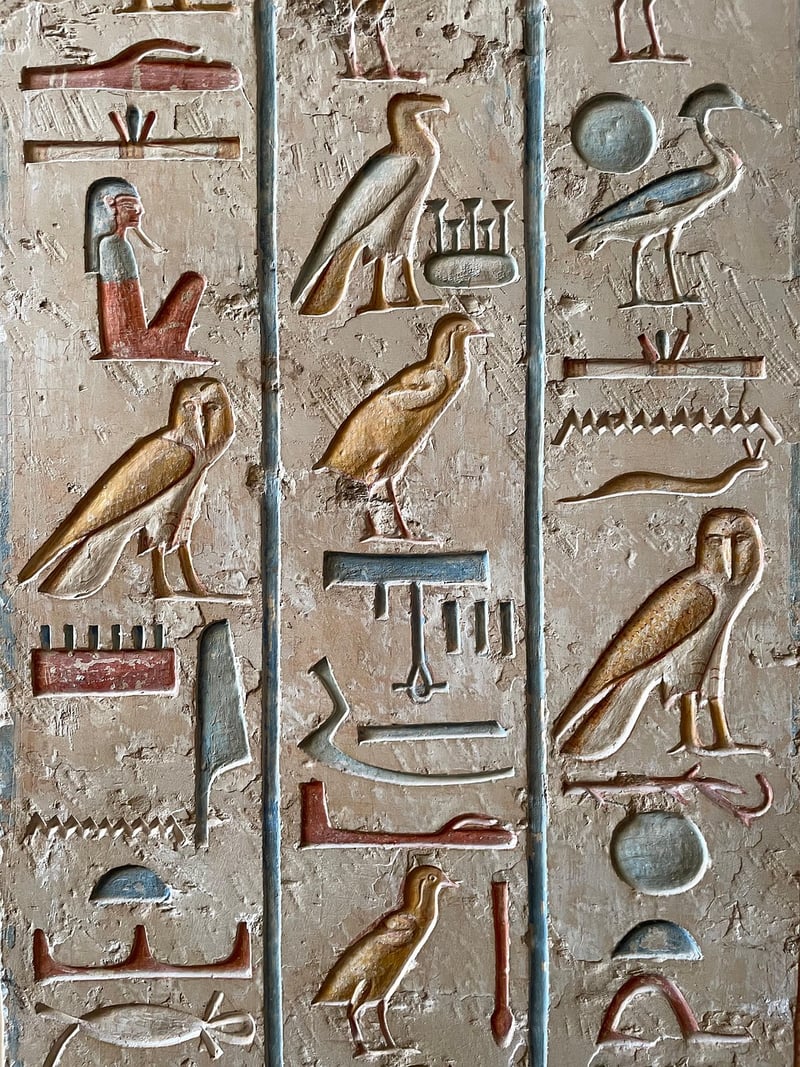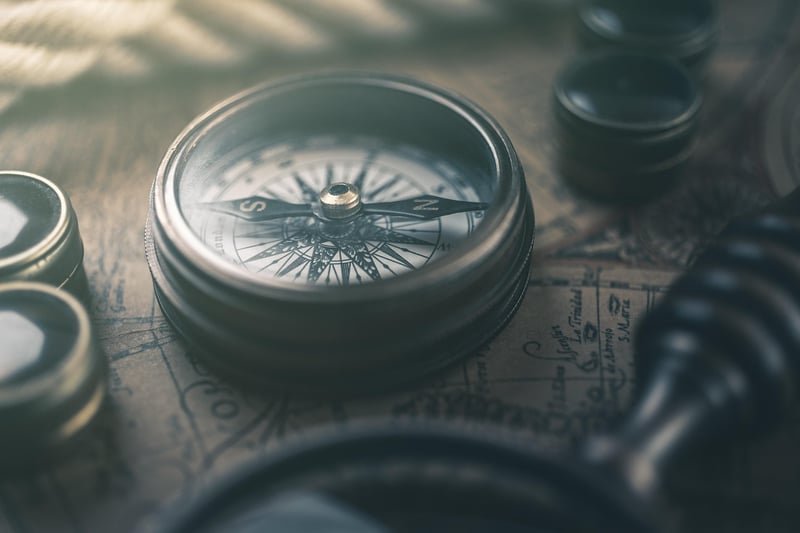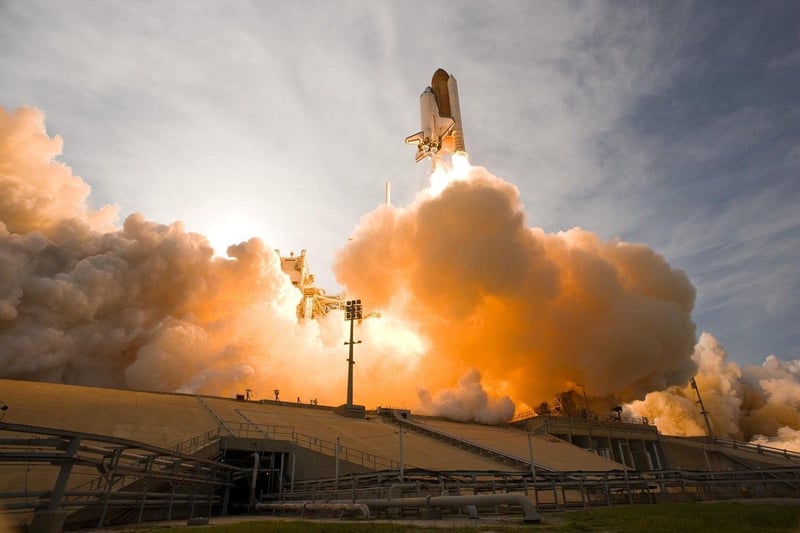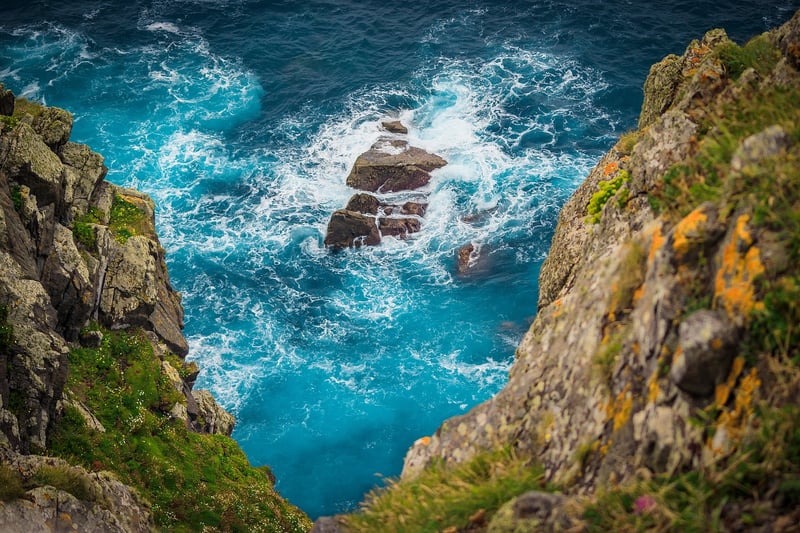Future Exploration
Exploring Different Eras and Future Exploration
Introduction
Exploring different eras and the possibilities of future exploration captivate the human imagination. From ancient civilizations to space exploration, humans have always sought to push the boundaries of knowledge and discovery.
Ancient Civilizations
Ancient civilizations like the Egyptians, Greeks, and Romans left behind a wealth of knowledge and artifacts that continue to intrigue historians and archaeologists. The pyramids of Giza, the Parthenon, and the Colosseum are just a few examples of their architectural marvels that stand the test of time.

The Age of Exploration
The Age of Exploration in the 15th to 17th centuries saw European explorers like Christopher Columbus, Vasco da Gama, and Ferdinand Magellan sail across the seas in search of new trade routes and lands. Their voyages reshaped the world map and led to the exchange of goods, ideas, and cultures.

Space Exploration
Space exploration represents the next frontier for human discovery. From the first moon landing in 1969 to the ongoing missions to Mars and beyond, space agencies like NASA and SpaceX continue to push the boundaries of what is possible. The search for extraterrestrial life and the colonization of other planets are exciting prospects for the future.

Future Exploration
As technology advances, future exploration holds even more promise. From deep-sea exploration to the exploration of outer space, humans are poised to uncover new mysteries and expand our understanding of the universe. Robotics, artificial intelligence, and advanced propulsion systems are revolutionizing the way we explore the unknown.
Conclusion
Exploring different eras and future exploration not only enrich our knowledge of the past but also inspire us to reach for the stars. As we continue to push the boundaries of what is possible, the journey of discovery remains an essential part of the human experience.
